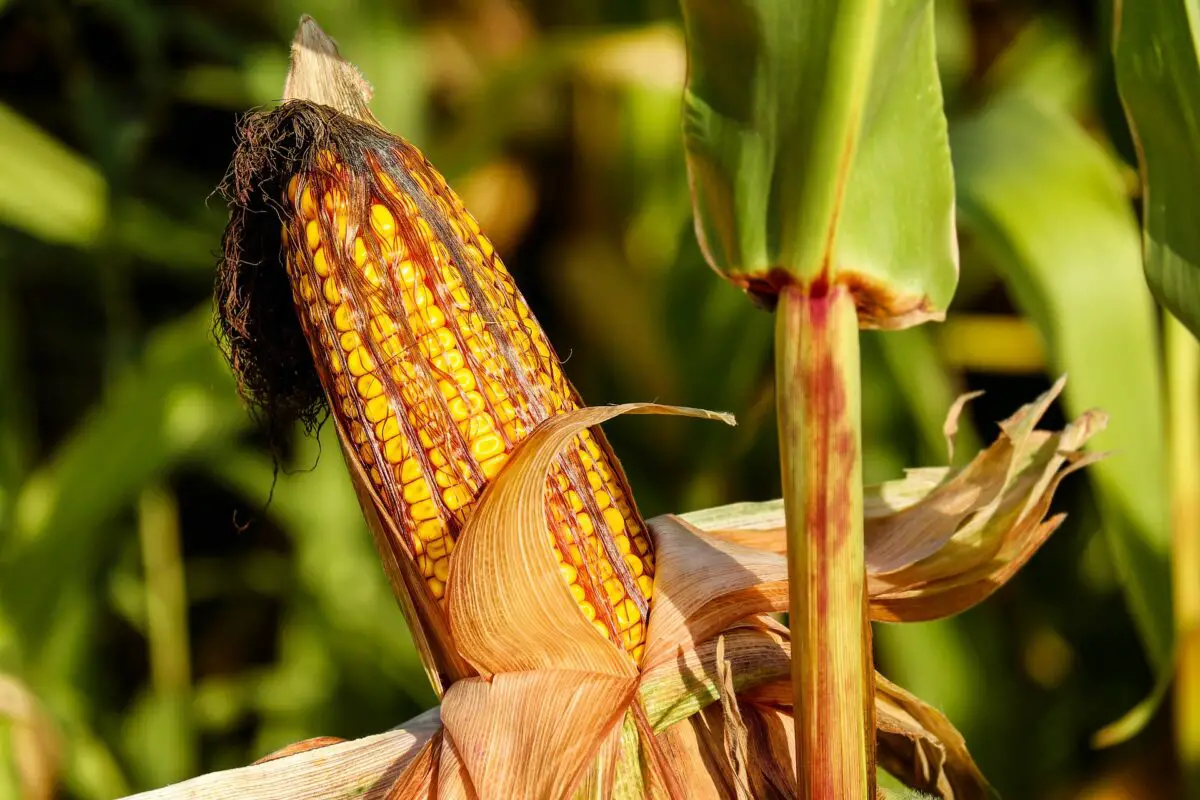
Mother Nature seems to be in a mercurial relationship with Connecticut. Last year saw drought conditions across much of the state, and this past summer went to the other extreme with one of the wettest on record. The U.S. Department of Agriculture issued two disaster declarations year to date, one for an unexpected freeze in May and the other for flooding from torrential rains in July.
While some of the economic impacts from the weather extremes will not be immediately apparent for some time, Connecticut farmers are already working to recover from sudden climatic shifts.
“On May 18 there was a devastating frost that mainly affected our vineyard crop,” said Jamie Jones, a sixth-generation farmer at Jones Family Farms in Shelton. “That was a real gut punch because right now we’re harvesting our vineyard and our yields are off in some fields by well over 50%.”
Hillary Criollo, president of the Connecticut Vineyard and Winery Association, said that most of the organization’s 22 members were still feeling the impacts of the May 18 frost.
“A couple reported no damage, but the majority did say they had damage,” said Criollo, who is also co-owner of Hopkins Vineyard in Warren. “For us, we personally had varieties that were pretty badly damaged and some that were not. The varietal really determines their frost resistance, and the frost can hit different areas of landscape. If you’re somewhere hilly or sloped it depends on where it settles and where the sun breaks, everyone’s individual location is different.”
Criollo added, “There’s kind of really no normal weather anymore. But this has been pretty extreme with this moisture while last year was the drought. I know some wineries put in irrigation to deal with that and of course don’t need that this year. It’s just a matter of coping as best you can.”
Brian Hurlburt, the commissioner of the Connecticut Department of Agriculture, also observed extreme variability faced by the state.
“This is my fifth year in this role and we have had under my tenure five disaster declarations requested from the USDA,” Hurlburt said. “Two for flooding, two for droughts, and one for the freeze event which was actually two distinct events but the accumulation was pretty significant. The larger storyline is that climate change is bringing harsher, more intense, more severe weather patterns to our state so we now have to position ourselves to be able to work with Connecticut farmers to better withstand and build resiliency into their operations.”
Hurlburt highlighted programs to develop new agricultural technology and help farmers find local markets, including the Connecticut Farm to School Program that can provide local schools with healthy food and farmers with a reliable income stream.
Another key strategy to improve resiliency, according to Hurlburt, is to diversify. Connecticut farmers have traditionally planted a larger variety of crops at the same time in response to what has typically been a shorter growing season than that enjoyed by farmers further west who can get multiple harvests while planting only a single crop.
For example, Jones Family Farms offers Christmas trees, pumpkins, and berries alongside crafts and some baked goods, which helps insulate the farm from a single type of weather damaging the entire business.
“The nice thing about pumpkins is that you don’t plant them until early June, so we planted them full of optimism that we at least have a good pumpkin crop,” Jones said. “Then once you get to mid-July, it was the opposite of last summer, the rains haven’t stopped. I think we had probably close to 30 inches of rain since it started in July. When it’s dry many of our fields are set up so that you can irrigate, but when it rains you can’t turn it off.”
The 500-plus acres of the Jones Farm are spread across hilly terrain, and Jones observed that only the most low-lying fields were flooded enough to damage the pumpkin crop. He also noted that some pumpkin varieties prefer the atypically wet weather, but it still posed a challenge as the farm’s 25 full-time employees needed good weather to harvest.
Additionally, attractions like hayrides and corn mazes or pick-your-own pumpkin patches are an important portion of the farm’s business, drawing the most visitors during sunny weekends.
“I say that we’re the victim and beneficiary of the weather twice,” Jones said with a laugh. “You have to grow the crop, but we also need nice weather on weekends because most of our sales are weekend centric. You can see in years where weekends are affected by inclement weather, those can be the more challenging years.”
Irving Silverman, the owner and operator of Silverman’s Farm in Monroe, made a similar observation.
“Crop-wise, the year was very good,” Silverman said, “We have a great apple crop. You know, we had a good year earlier in the season, we had a good blueberry crop, so everything’s been very good this year.”
“But,” he added, “we have had some bad turnout on weekends. That’s our busiest time. People don’t come out when it’s raining.”
Farms that engage in “agritourism” and depend heavily on pick-your-own operations and their farmstand prefer seasons with less rain, according to Anthony M. Anthony, the chief marketing officer for Connecticut’s Department of Economic and Community Development.
“In meetings with different folks in the industry, they’ve all said that they’d much rather have a drought than they would the ‘rain bombs,’ because people are at least able to go out and enjoy it,” said Anthony.
Jones said his farm is handling the changing weather by increasing the amount of organic matter in the farm’s soil and working closely with researchers at the Connecticut Agricultural experiment Station and the University of Connecticut, but that people taking the time to visit also have an important role to play in supporting local agriculture.
“There’s a whole host of issues that farmers face, and we’re adapting, but as a community we’re facing the same challenges and we need the people to help while we’re doing what we can to respond,” he said.
According to Hurlburt, many farmers across the state maintain a similar positive outlook.
“Every farmer by definition is an optimist,” Hurlburt said. “When you’re putting out money to plant seeds, or raise livestock you are inherently expecting that you will have a crop or an animal ready for market at some point. That is the most optimistic business model you can ever have.”


















